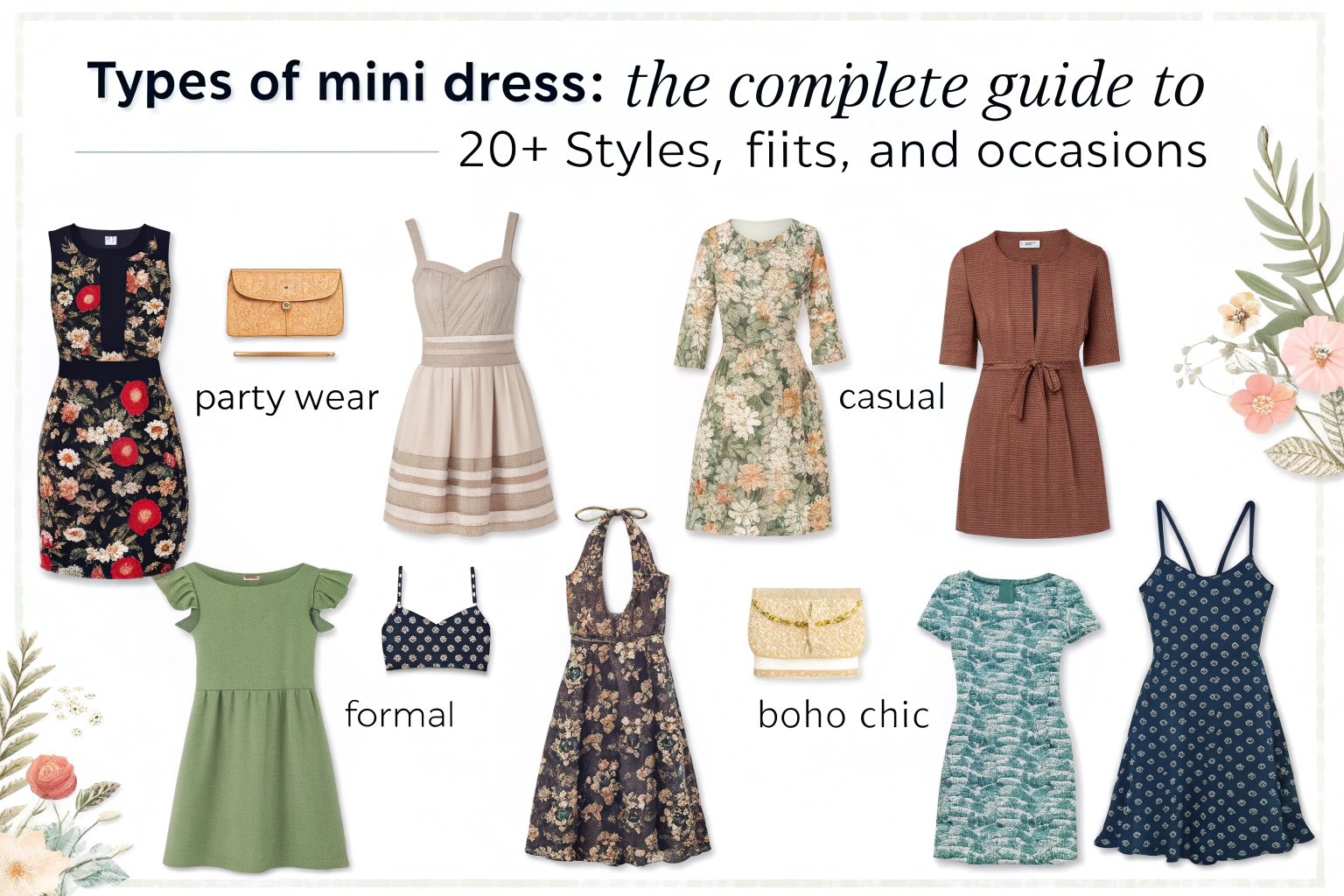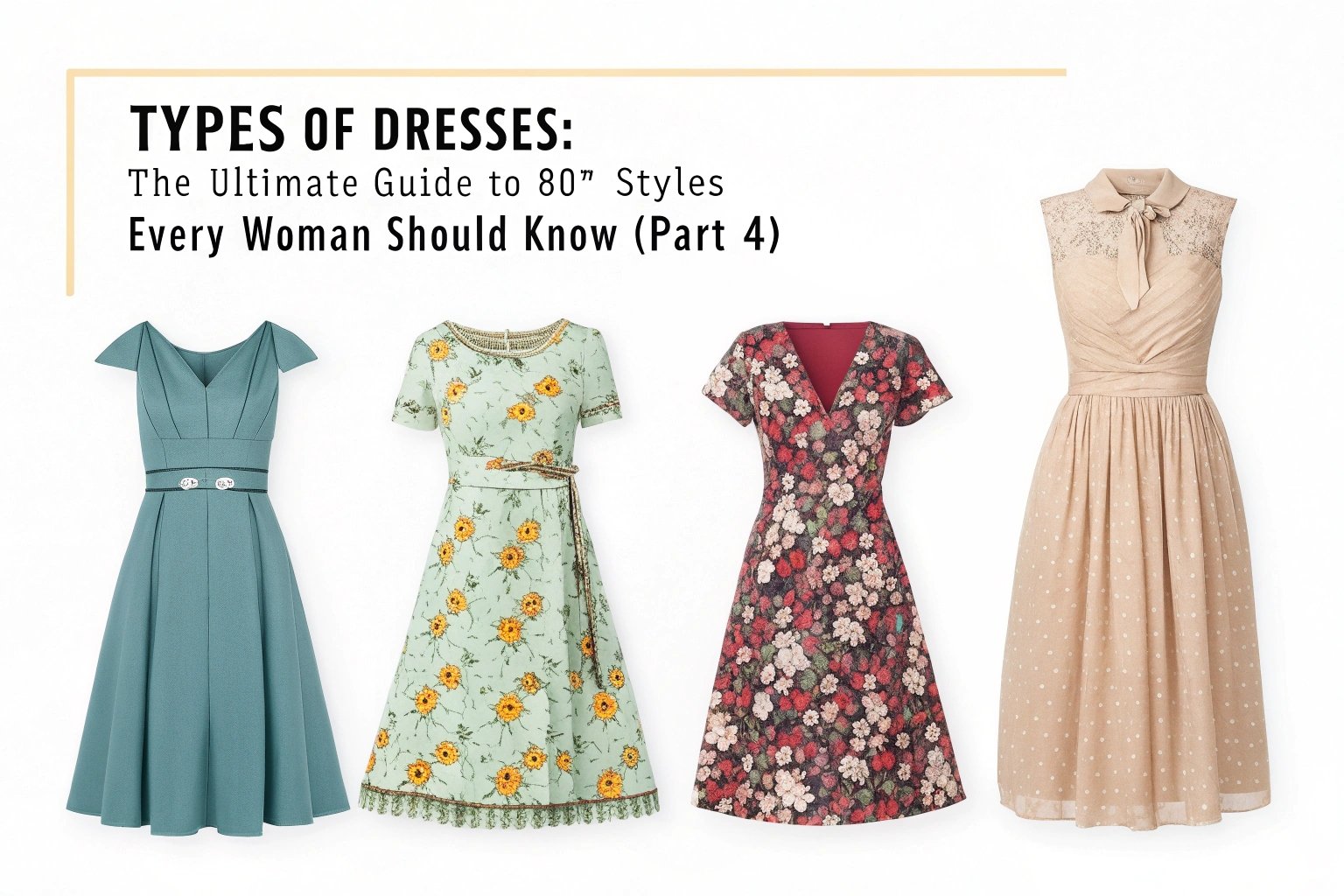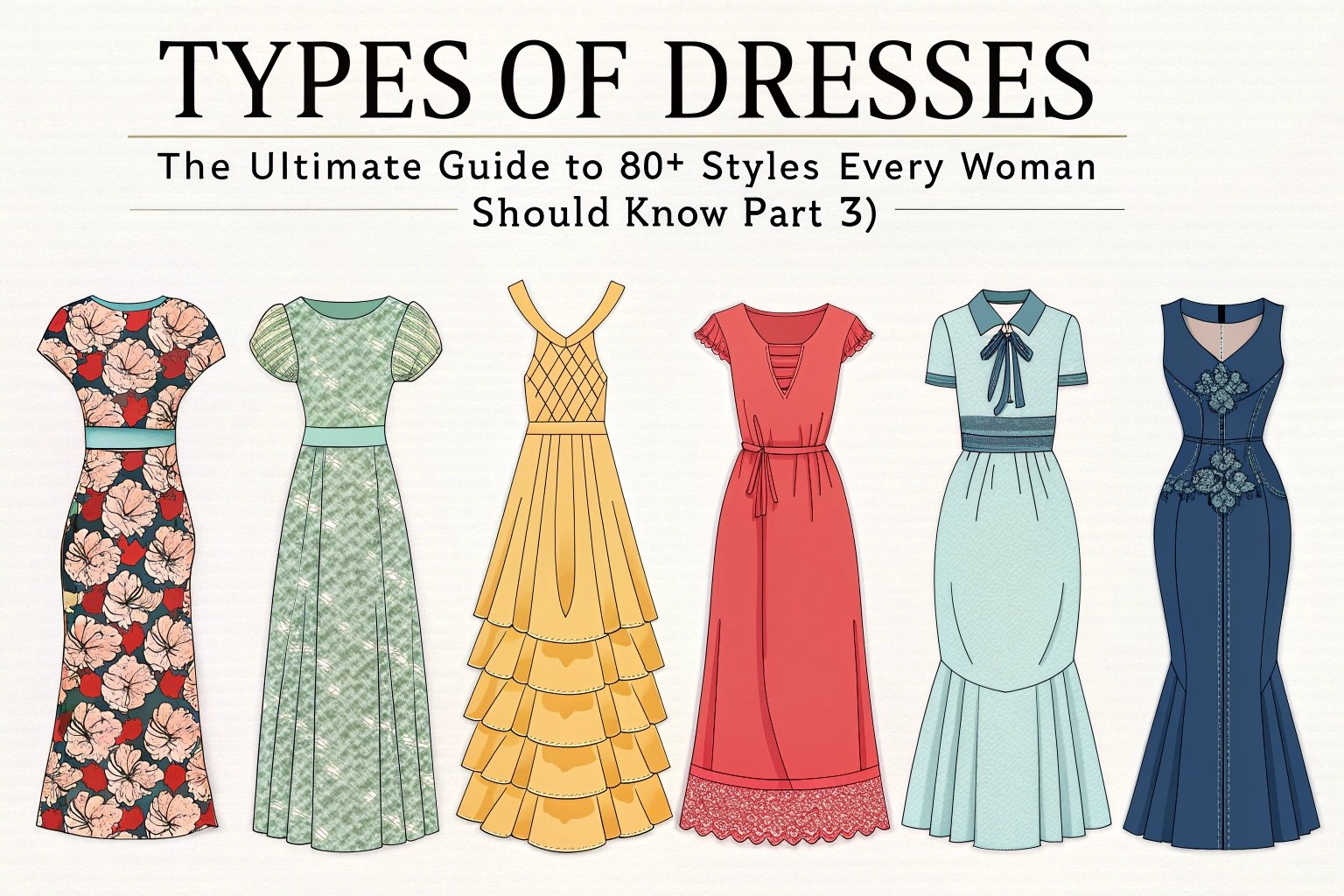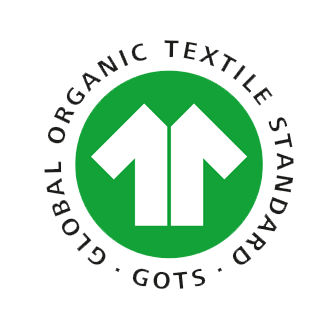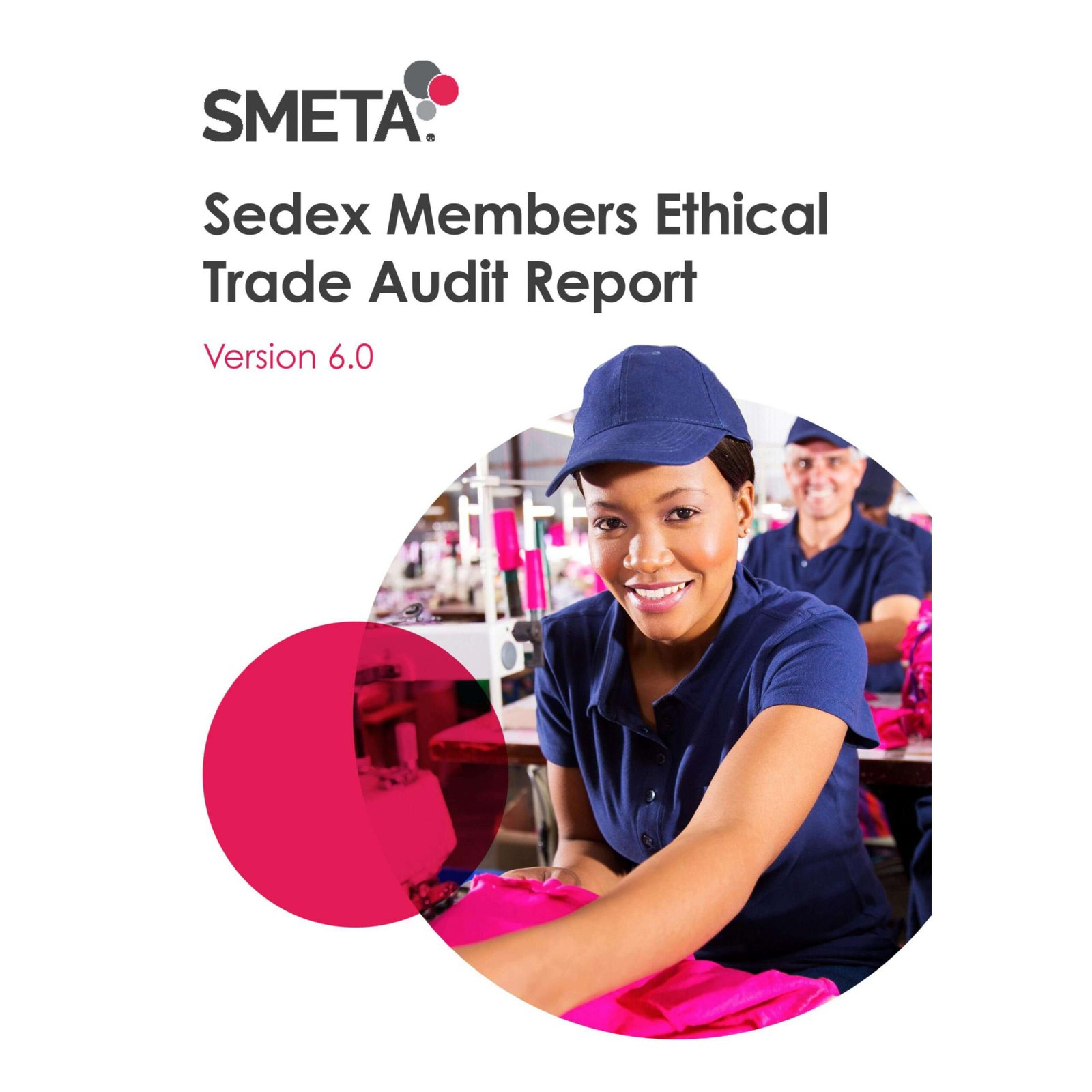When we design formalwear collections at Xzapparel, the fabric choice is the first decision that shapes everything else. Whether it’s for a red carpet look, bridesmaid capsule, or elevated occasionwear line, the fabric sets the tone, silhouette, and perception.
The best fabrics for formal dresses include satin, silk blends, chiffon, tulle, crepe, velvet, lace, and mikado. Each brings a different aesthetic, texture, and movement ideal for elegant, elevated garments.
Let’s explore these materials from a manufacturer’s perspective and see how to choose the right one based on style, budget, and production goals.
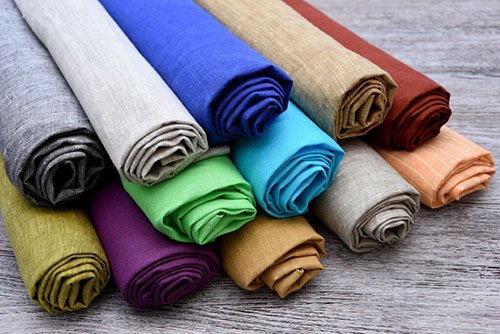
What are the most luxurious fabrics for formal dresses?
Luxury in formalwear comes from how the fabric looks, feels, and performs under lighting.
The most luxurious options are silk satin, charmeuse, velvet, and beaded lace—typically used for premium eventwear, evening gowns, and special occasion pieces.
High-luxury fabric table
| Fabric | Key Attributes | Common Uses |
|---|---|---|
| Silk Satin | Glossy, fluid, elegant | Evening gowns, slip dresses |
| Velvet | Dense, rich texture | Winter formals, luxe minis |
| Beaded Lace | Intricate, embellished surface | Bridal, red carpet designs |
| Charmeuse | Ultra-smooth, high-shine | Cut-on-bias gowns, draped styles |
Considerations for buyers
- Often higher MOQ and cost
- Needs delicate handling in cutting and sewing
- Best suited for capsule collections or premium tiers
What fabric is best for affordable formal dresses?
Budget-conscious brands need options that look rich without the silk price tag.
Polyester satin, chiffon, tulle, and rayon crepe offer an upscale look while keeping costs lower. With good sourcing, these fabrics deliver great visual results at scale.

Smart alternatives we use
| Fabric | Luxury Imitation | Ideal For |
| Poly Satin | Mimics silk sheen | Bridesmaids, prom lines |
| Poly Chiffon | Light and airy, easy to layer | Flowy maxis, formal jumpsuits |
| Tulle | Adds volume, especially layered | Skirts, accents, bridal trims |
| Rayon Crepe | Textured matte finish | Wrap dresses, cocktail pieces |
Our process
We pre-test swatches for sheen, dye-fastness, and layering effects. This ensures that even low-cost materials give a luxe finish under showroom lights.
What is the most versatile fabric for formal silhouettes?
Flexibility matters in design—especially for lines with multiple styles.
Crepe and satin blends are the most versatile fabrics for formal dresses, allowing both structure and drape depending on cut and lining.
What makes them versatile
- Works for both flowing and tailored looks
- Good opacity, stretch (if blended), and stability
- Easy to cut and stitch with the right machine setup
Our applications
We often use crepe for structured midi dresses with pleats or drapes. Satin is our go-to for bias-cut gowns and high-slit styles that need fluid movement.
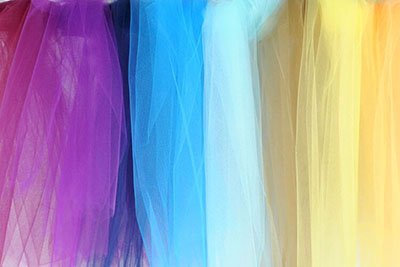
Which fabrics are best for warm-weather formal events?
Hot climates require breathable, light, and sweat-resistant fabrics.
Chiffon, rayon, bamboo satin, and cotton-silk blends are ideal for summer weddings and resort formalwear.
Top warm-weather picks
| Fabric | Summer Benefit | Styling Notes |
| Rayon | Breathes well, drapes softly | Wrap styles, cut-outs |
| Bamboo Satin | Cool feel, eco-friendly | Resort or beach ceremonies |
| Cotton-Silk Blend | Light structure + breathability | Boho, flowy gowns |
| Chiffon | Airy, non-sticky, layers well | Ruffled styles, overlays |
Tips we share with clients
- Avoid poly linings—use cotton voile or rayon
- Request GSM below 180 for warm climate capsules
- Use layered designs for modesty without bulk
What fabrics hold shape well in formal dresses?
Some silhouettes need structure—like A-line gowns, peplum shapes, or tailored necklines.
Mikado, twill, neoprene, and scuba knit are best for sculptural formal dresses that need volume and precision.

Structure-first options
| Fabric | Shape Retention | Best For |
| Mikado | Crisp yet smooth | Ball gowns, statement dresses |
| Twill | Dense weave, structured drape | Fit-and-flare, panel dresses |
| Scuba Knit | Springy, thick, wrinkle-free | Cocktail dresses, cut-outs |
| Neoprene | Adds volume, modern appeal | Editorial, fashion-forward lines |
Stitching and finish advice
- Topstitch visible seams for emphasis
- Use horsehair braid in hems for flare
- Consider underlining for shape memory
What about lace and sheer fabrics?
Used right, these add sophistication and delicacy.
Lace, organza, and mesh fabrics are ideal as overlays, sleeves, or trims in formal dress designs.
How we use them
- Lace bodices or yokes over satin underlayers
- Organza puff sleeves or tiers for visual drama
- Mesh panels for breathable or decorative inserts
Tips for sourcing
- Choose embroidered or corded lace for more depth
- Use nylon mesh with some stretch for body fit
- Match lace pattern repeat to pattern size for clean cuts
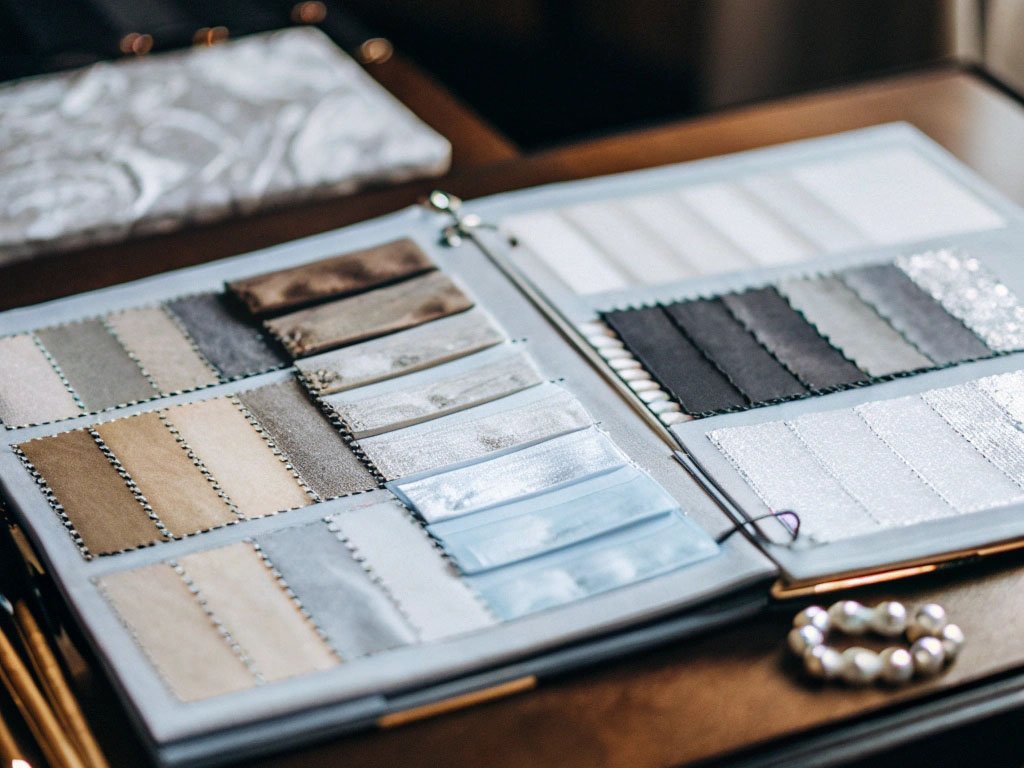
Which fabrics show well under evening lighting?
Formality is often tied to occasion—and occasion lighting.
Fabrics with subtle sheen, texture, or translucency perform well under low or colored light. Satin, metallic knits, shimmer tulle, and embellished organza all photograph beautifully.
Light-reactive fabrics
| Fabric | Visual Impact Under Lights |
| Satin | Reflects light for soft glow |
| Shimmer Tulle | Adds movement + sparkle |
| Metallic Knit | Bold shine, stretch friendly |
| Embellished Lace | Adds visual complexity and luxe |
What are the sustainability options for formal fabrics?
The demand for eco-conscious occasionwear is rising.
Recycled poly satin, organic cotton-silk blends, and bamboo charmeuse are leading sustainable fabric options for formal dresses.
What we offer
- Recycled PET satin (GRS-certified)
- FSC-certified bamboo viscose
- Low-impact dyed organic blends
Add-ons
- Eco trims, labels, and packaging
- QR code traceability for transparency
- Minimum order flexibility for sustainable drops
What dress features influence fabric choice?
Design drives everything.
The neckline, sleeve, hemline, and intended drape all influence which fabric performs best. Heavy beadwork, for example, demands a stronger base like crepe or mikado.
Design + fabric pairing table
| Feature | Ideal Fabric |
| Bias-cut silhouette | Satin, charmeuse |
| Voluminous sleeves | Organza, tulle, mesh |
| Ruched details | Crepe, stretch satin |
| Corset or boning base | Twill, mikado, neoprene |
| Flowing maxi skirt | Chiffon, rayon, bamboo blends |
Conclusion
The best fabric for a formal dress is the one that balances beauty, performance, and manufacturability. At Xzapparel, we help fashion brands and retailers find that balance—whether it’s a luxe wedding gown, a red carpet capsule, or a modern formal line that works for real bodies and real budgets. Choosing the right fabric isn’t just aesthetic—it’s strategic.


